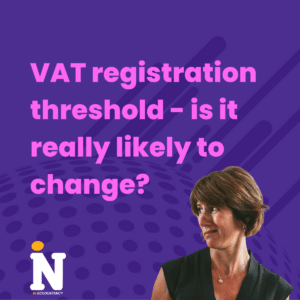As cycling continues to grow in popularity with e-bikes leading the way in getting more and more people using pedal power, the government has at last lifted its cap on the value of bikes and associated safety equipment which can be bought through a cycle to work scheme.
In the period from 2013-2017 only 4% of people cycled to work, as opposed to 55% of those who drive. With a new emphasis in recent months on helping people get fitter and more active, while also a huge push to make our roads and cities less polluted with a number of Clean Air Schemes in progress, there has never been a better time to turn to pedal power. Sales of new bikes according to the latest statistics were about 3.3 million in 2016, of which e-Bikes were about 75,000. Sales of e-Bikes have however been increasing significantly, and are likely to continue to do so.
What is ‘Cycle to Work’?
Cycle to Work is a government initiative which was introduced 20 years ago to encourage people to ditch their cars and do exactly that… cycle to work. However, with the value of any bike being capped at £1000 until June 2019, this meant e-bikes, which start from about £1200 but can cost more than £5000, were essentially excluded from the scheme.
How does Cycle to Work work?
It’s really quite simple… You choose the bike you want and your employer buys it. They then lease it back to you over a 12 month period through what’s known as salary sacrifice, meaning that you save the cost of the income tax and employee national insurance contributions you would normally pay on this element of your salary.
How much do you save with a Cycle to Work Scheme?
For basic rate tax payers, the equivalent saving is 32%, rising to 42% for higher rate tax payers. If you are the employer, you also save employer’s national insurance contributions of 13.8% on the value.
Who owns the bike in a Cycle to Work scheme?
The employer who has bought the bike, owns the bike through the duration of the scheme and for a minimum of a three year period thereafter.
What happens at the end of a Cycle to Work Scheme?
At the end of the 12 month period, your employer can agree with you to rent the bike to you for a small deposit of 7% of the value for the bike. This allows you to use the bike free of any other charge for the next 3 years. At the end of this period there are two options – if you do not want to keep the bike, your employer must refund you that 7% deposit paid, or your employer may (at its discretion) offer for you to keep the bike and any associated safety equipment at no further cost to you.
So is there a risk that I never really own my bike?
The reality is, that at the end of four years, the bikes value, according to HMRC rules, has been depreciated to 7% of its original cost. The terminology ‘at its discretion’ is required simply to satisfy tax legislation regarding the loan agreement. While we cannot say definitively that your employer will stick to this, we believe it to be a very small risk indeed, if at all.
Aside from these tax breaks, health, fitness and environmental factors, are there any other benefits to participating in a Cycle to Work scheme?
Well actually, there might well be… Did you know that if you use your bike for legitimate business travel you can claim 20p per mile for every mile cycled??!
If you are an Employer and would like to read further guidance on the scheme, HMRC have just published a new Guide for Employers.
If you would like more information on how you might make best use of this scheme, as always, please feel free to contact the IN TEAM and we will be delighted to help.
If you’re interested in buying an e-Bike from a ‘friendly face’, one of our long standing clients has just started importing a rather nice German brand: https://www.gudereit-uk.com/
If you give them a call, ask for Duncan and tell him you’re a friend of the IN Team 🙂







